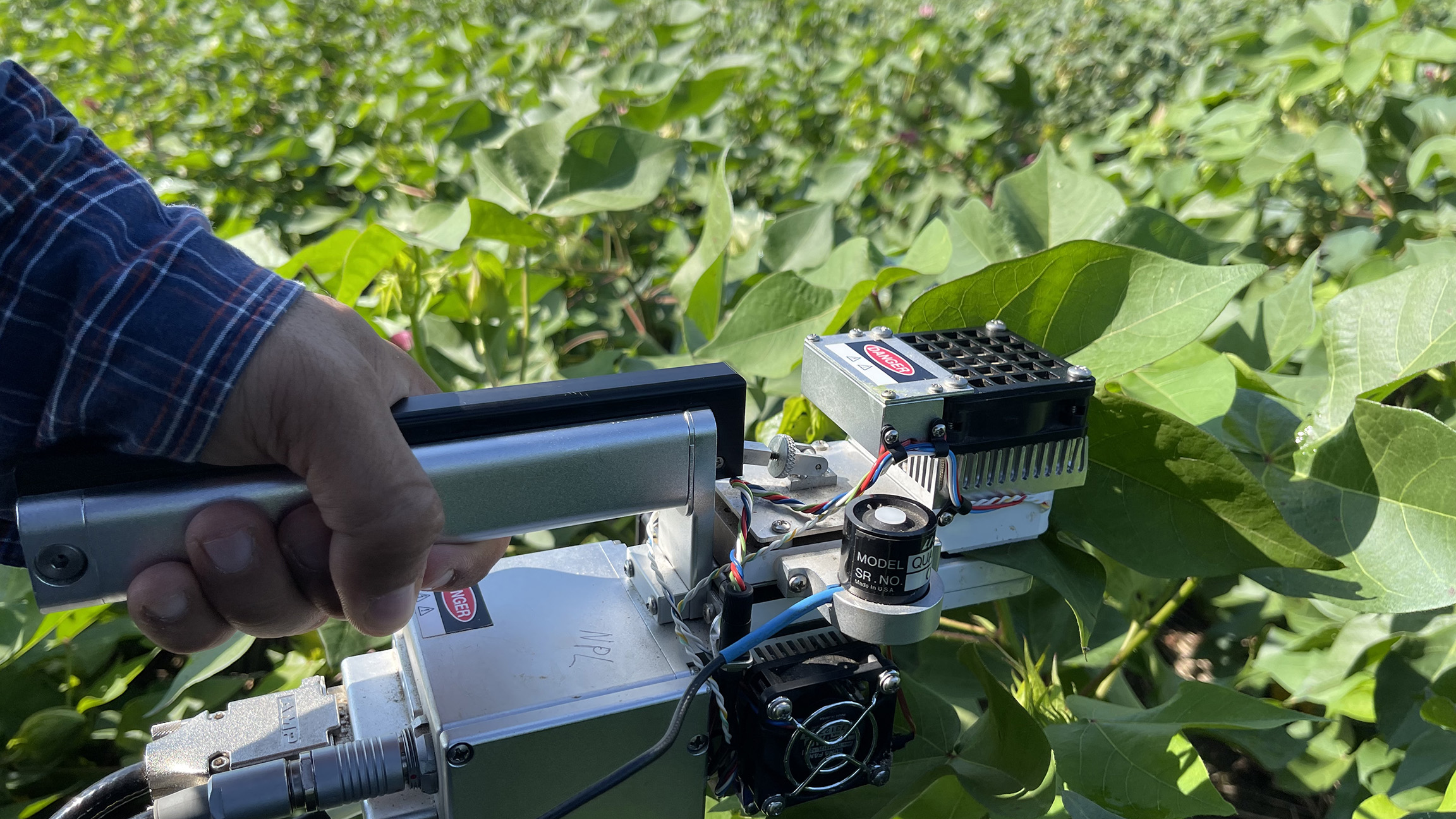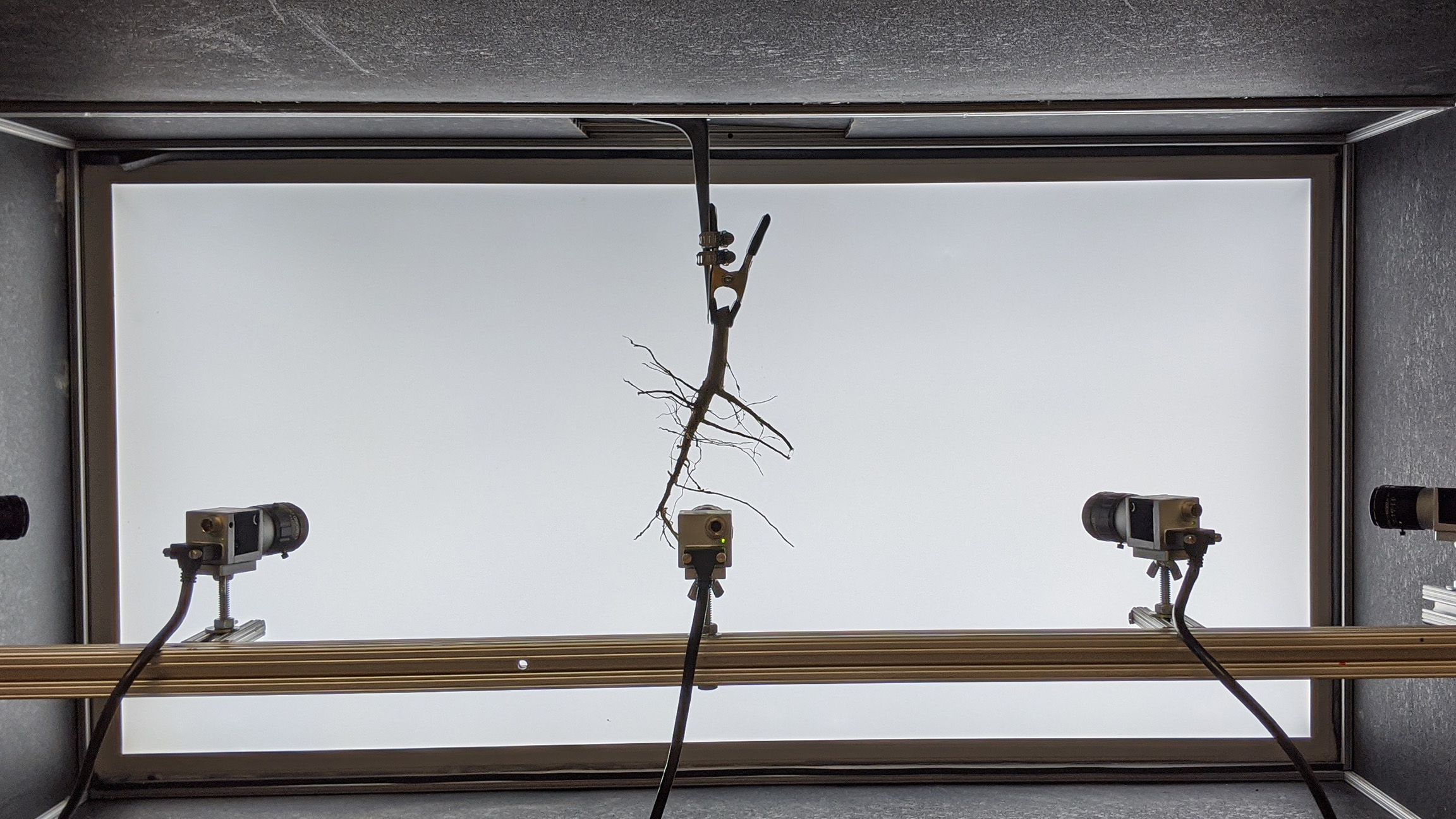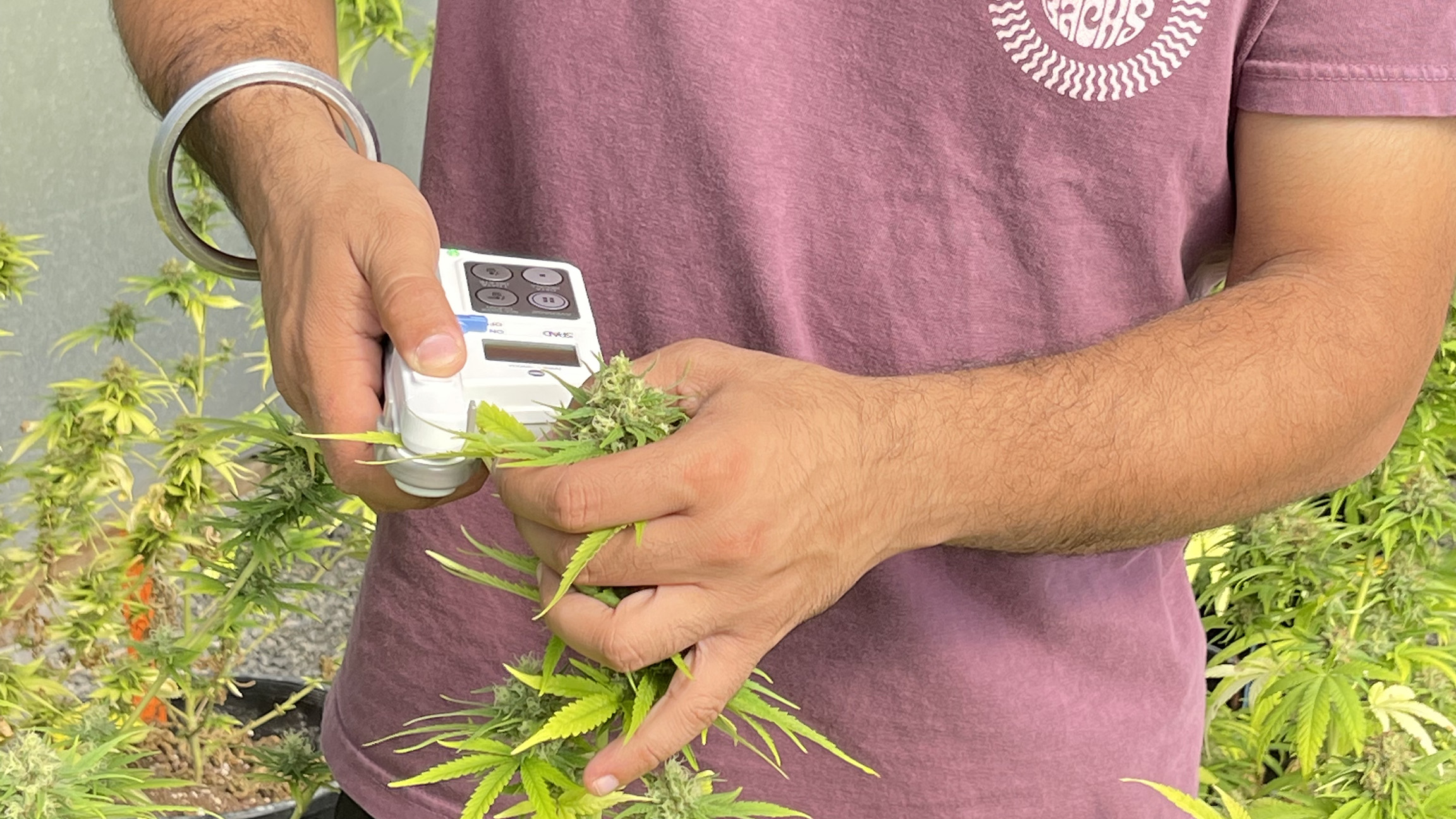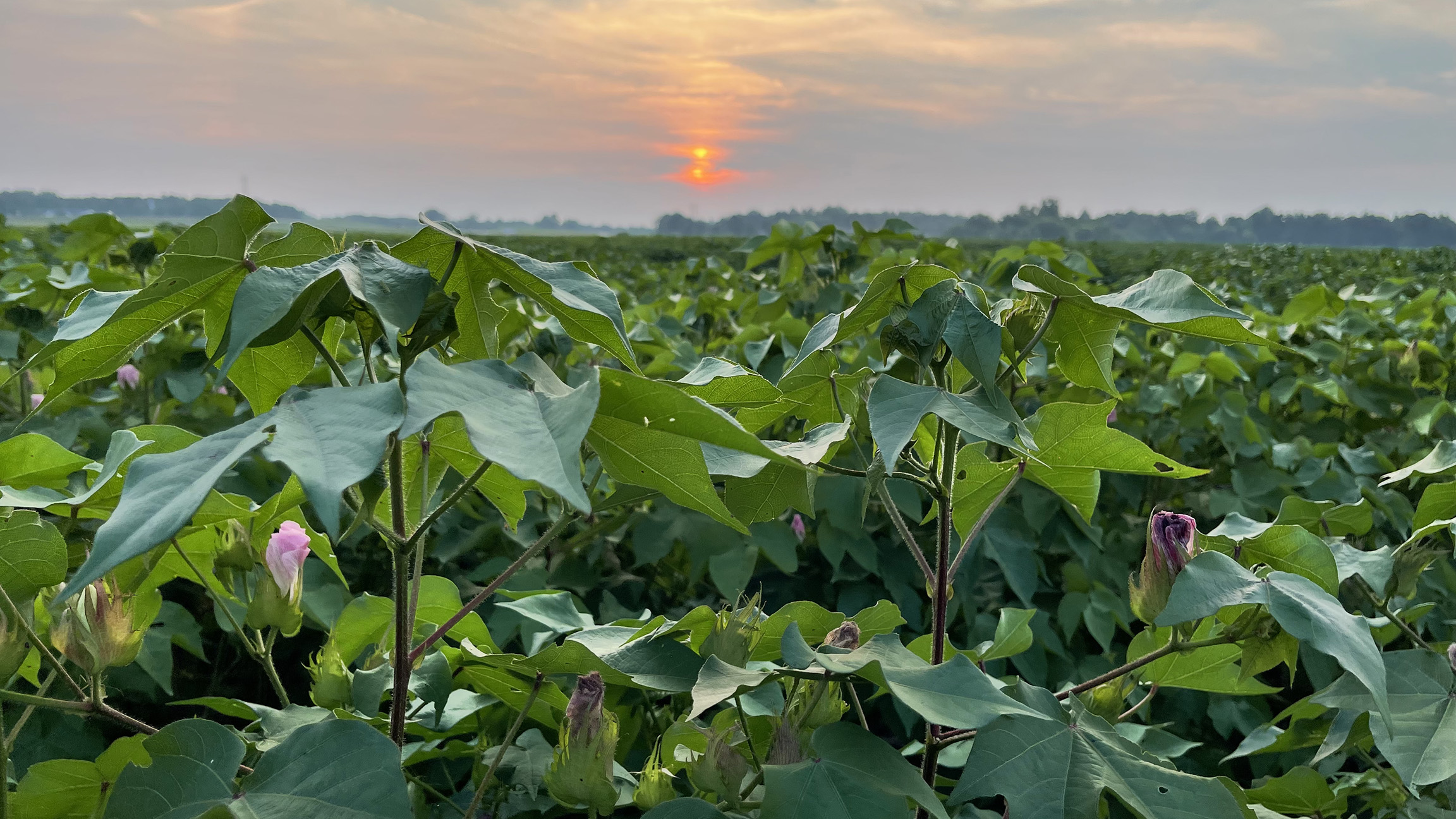WE SAT DOWN WITH AU’S JAGDEEP SINGH, A PHD STUDENT IN THE COLLEGE OF AGRICULTURE DEPARTMENT OF CROP, SOIL, AND ENVIRONMENTAL SCIENCES.
Tell us about your academic background and what led you to Graduate School at Auburn University.
My name is Jagdeep Singh, and I come from Punjab, India. I completed my undergraduate degree at Punjab Agricultural University and moved to New Mexico State University for an M.S. degree focusing on irrigation management. While working on M.S. research, I found that root is one of the most important hidden aspects of the plant, and more research is required to understand the role of crop roots in seed yield formation and nutrient uptake. After completing my M.S. degree, I was fortunate enough to get selected as a Ph.D. student to work on understanding root growth and architecture in row crops under the direction of Dr. Alvaro Sanz-Saez in the Department of Crop, Soil, and Environmental Sciences. The highly recognized graduate program and a great circle of friends doing their graduate studies at Auburn University made me join the graduate school at Auburn University

Jagdeep Singh of the Auburn University’s College of Agriculture.
Describe your research interests.
My research interests revolve around understanding the physiology of crop root growth and development under various environmental and management conditions. I firmly believe that a robust root system can help a crop thrive through the limited resource environment, encouraging me to research more about roots.

Mid-day photosynthesis measurement using LI-COR 6400 in a cotton field. Photo Credit: Jagdeep Singh
Describe your current and upcoming research activities, more specifically, your plans for your FY22 USGS Alabama Water Resources Research Institute (AWRRI) grant project.
I work with many crops, including cotton, soybean, hemp, and peanut. One of my Ph.D. projects is funded by the AWRRI, where I am trying to understand the role of cover crops on the rate of carbon assimilation, root growth and architecture in cotton. This project aims to determine if a specific cover crop improves nutrient and water acquisition in cotton. In addition, this project could help Alabama farmers assess the type of cover crop practices they should adopt and ultimately increase the cropping system’s sustainability for improving overall soil health.

Root photos are taken using a high-throughput technique utilizing a unique arrangement of five monochromatic cameras in Dr. Alvaro Sanz’s lab. Photo Credit: Jagdeep Singh
In your academic journey so far, what is the best advice you’ve been given?
One of the best pieces of advice I will never forget is to leverage the “six degrees of separation” strategy to network and be open to new things. This advice has helped me make more connections and improved my overall work attitude.

Singh collects leaf chlorophyll content data in Hemp crop using SPAD-502. Photo Credit: Jagdeep Singh
What are your plans for the future?
My short-term plan is to work as a postdoctoral scholar and gain more experience in research after completing my graduate studies. My long-term goal is to work as a collaborative researcher where I can help develop crop cultivars that are more resilient and adaptable to changing climatic conditions.

Sunset over a cotton field. Photo Credit: Jagdeep Singh
